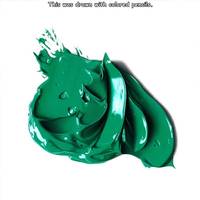Will-O’-The-Wisps From Folklore Were Likely Inspired By Methane Gas Emanating From Swamps

European folklore is full of fantastical creatures, from leprechauns to boggarts to the Baba Yaga, and one of the most enduring folk myths is the "will-o'-the-wisp." Throughout history, people have reported seeing mysterious flickering lights floating over marshes and swamplands at night. Witnesses have speculated these lights are spirits stuck in limbo and wandering the Earth. Often, a will-o'-the-wisp sighting is considered a bad omen. Although the term originates from Great Britain, will-o'-the-wisps appear in different cultures around the world.
"Comparative mythology" is a term used when different societies have similar myths. Different cultures can have nearly identical folklore either because their folklore reflects a universal human concern (i.e. a belief in the afterlife) or they're all inspired by the same natural phenomenon.
In this case, it's the latter. Most likely, will-o'-the-wisp reports are really just swamp gas sightings. Usually when organic matter perishes, it decomposes. But in swamps, lifeless organic matter gets submerged and decomposes underground, without exposure to the air. This decomposition creates "swamp gas," a combination of methane, carbon dioxide, nitrogen, phosphines, and other chemicals. When swamp gas does get exposed to the air, it can spontaneously ignite and cause a flickering effect like the will-o'-the-wisp.











s